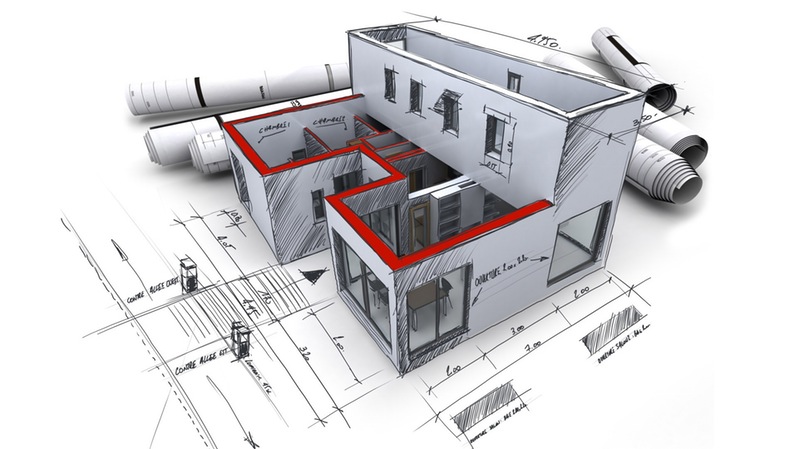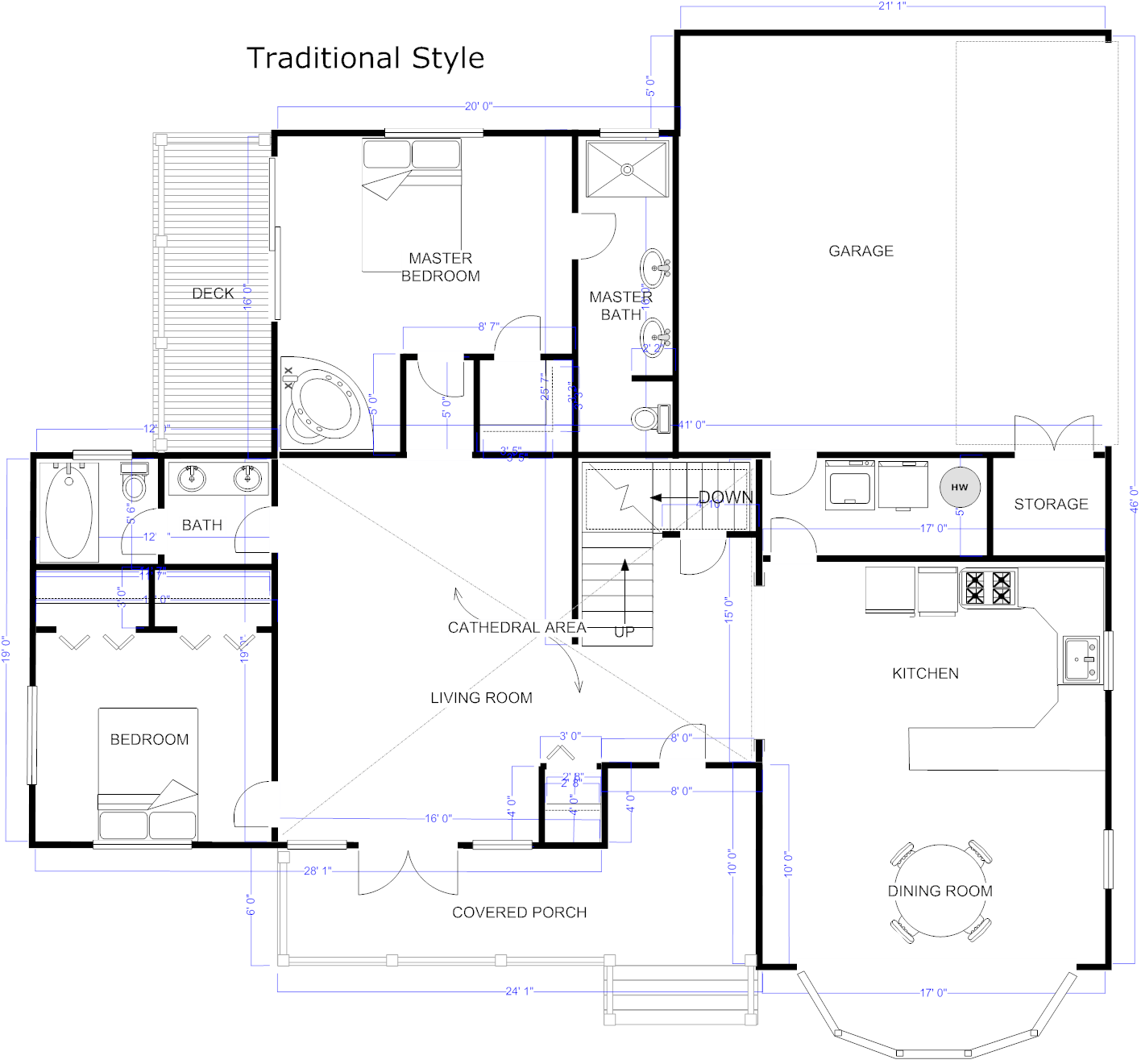Discover Innovative Layouts with Leading CDA Architects for Your Following Task
The Effect of Technological Innovations on the Style Practices of Contemporary Architects
The quick evolution of technological tools has dramatically improved the design landscape for contemporary designers, promoting extraordinary degrees of development and sustainability. Checking out these characteristics exposes a nuanced interaction in between modern technology and typical design methodologies, triggering a better assessment of what the future holds for building techniques.
Advancement of Architectural Devices
Just how have building tools transformed the design and building and construction procedures over the centuries? The development of building devices has actually considerably impacted the efficiency, accuracy, and imagination of style and building and construction. In old times, architects count on primary instruments such as plumb bobs, determining rods, and basic geometry to create structures. These tools laid the structure for very early building technique, permitting the building and construction of famous structures, albeit with limitations in accuracy and intricacy.
With the introduction of the Renaissance, the intro of the compass and the protractor noted a critical change. These tools made it possible for architects to accomplish greater accuracy in their designs, facilitating the appearance of more detailed and proportionate structures. The Industrial Change better reinvented architectural method with the introduction of mechanical devices and products, enabling for bigger and a lot more ambitious tasks.
In the 20th century, the advancement of computer-aided design (CAD) software program changed the landscape as soon as again, offering engineers with unprecedented capacities in modeling and visualization. Today, advanced devices such as Building Information Modeling (BIM) and parametric style software application continue to push the boundaries of building innovation, allowing an extra incorporated method to design and building and construction processes.
Improved Collaboration in Style
As technology continues to develop, improved cooperation in style has come to be a keystone of modern-day architectural practice. The combination of digital tools such as Building Information Modeling (BIM), cloud-based systems, and advanced visualization software application has actually transformed the method architects, designers, and stakeholders connect throughout the layout procedure. These devices help with real-time communication, enabling teams to share ideas, adjustments, and responses instantaneously, no matter of geographical location.

Additionally, interdisciplinary partnership has been streamlined through these technological innovations, allowing engineers to function more very closely with other professionals, such as city planners and ecological professionals. The result is a much more natural strategy to create that takes into consideration different viewpoints and know-how. Eventually, boosted collaboration in style is not simply a fad; it is essential for producing ingenious, practical, and cosmetically pleasing architecture in a significantly complex globe.

Sustainability With Innovation
Sustainability in architecture has actually significantly become intertwined with technical technology, driving the industry toward environmentally responsible methods. Contemporary architects are leveraging advanced technologies to reduce environmental influence while improving the performance of buildings. cda architects. One noticeable example is using Building Details Modeling (BIM), which permits precise planning and source allotment, reducing waste throughout building and construction and promoting power efficiency throughout a structure's lifecycle
Moreover, wise products and energy-efficient systems are being incorporated right into styles to optimize source usage. Technologies such as solar batteries and eco-friendly roof systems harness renewable power resources, adding to decreased carbon footprints. Furthermore, the application of expert system in style procedures allows engineers to replicate and examine energy usage, guiding decisions toward even more sustainable end results.
The integration of sustainable modern technologies not only aligns with international environmental objectives however also fulfills an enhancing demand from customers for green options. As engineers embrace these technologies, the focus shifts in the direction of creating spaces that are not only visually pleasing yet additionally functionally lasting, thereby redefining the requirements of contemporary style. In this way, technology functions as a driver for sustainability, making it possible for designers to design structures that regard and improve the natural surroundings.
Obstacles in Execution
While technical advancements in architecture view website hold great pledge for enhancing sustainability, their implementation usually experiences substantial obstacles. One main obstacle is the steep understanding contour linked with brand-new innovations. Designers and building specialists might call for considerable training to successfully make use of advanced software and tools, which can postpone job timelines and boost expenses.
Additionally, the combination of arising modern technologies, such as Building Info Modeling (BIM) and sustainable products, typically necessitates cooperation throughout multidisciplinary teams. This cooperation can be impeded by distinctions in knowledge, process, and communication designs, causing prospective disputes and ineffectiveness.

Additionally, governing frameworks and building regulations might not equal technological improvements, developing obscurity and potential compliance problems. This difficulty can dissuade architects from totally welcoming new modern technologies, as the risk of non-compliance may exceed the advantages. Therefore, dealing with these execution difficulties is crucial for the effective integration of technical innovations in modern building techniques.
Future Patterns in Architecture
The obstacles linked with the implementation visit this site right here of brand-new technologies in design have prompted a reevaluation of future patterns within the sector - cda architects. As engineers browse problems such as sustainability, urbanization, and social equity, they are progressively embracing innovative innovations to improve layout effectiveness and environmental performance
One noticeable trend is the combination of fabricated knowledge (AI) in the design procedure. AI devices can evaluate vast datasets to educate style decisions, boosting both creative thinking and capability. Building Details Modeling (BIM) continues to advance, allowing real-time partnership among stakeholders and facilitating streamlined task administration.
Lasting style techniques are likewise getting energy, with designers concentrating on adaptive reuse and regenerative style principles that reduce source consumption and waste. The consolidation of clever products and eco-friendly energy sources will even more boost the strength of structures when faced with climate adjustment.
Furthermore, the surge of parametric design enables for even more personalized and context-sensitive building remedies (cda architects). By utilizing these improvements, engineers are poised to create developed environments that not only attend to the prompt needs of society however likewise expect future challenges, thus redefining the function of style in an ever-changing globe
Conclusion
Technological innovations have dramatically reshaped architectural layout methods, assisting in enhanced precision, partnership, and sustainability. The combination of devices such as Structure Details Modeling and parametric layout software program, along with fabricated knowledge and wise products, encourages engineers to attend to intricate difficulties much more successfully. While application might provide specific challenges, the continued evolution of these modern technologies assures to drive technology in style. Future patterns will likely even more highlight sustainability and performance, ultimately redefining the developed atmosphere.